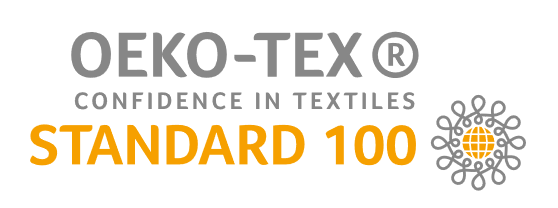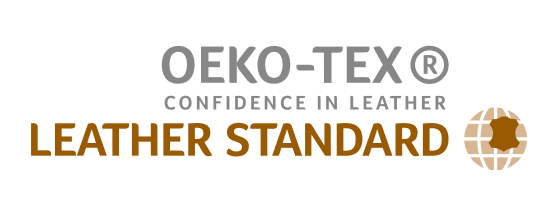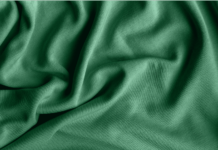A lot of innovation from OEKO-TEX, consistent with chemical safety, not just compliance with specific values, but covering each and every step of the manufacturing process.
Environmental approval certificates never sleep, and it could not be otherwise. They are conceived to validate and strengthen the acknowledgement of the Industry regarding products, processes and organisational models, to make improvements and results transparent and communicable. Though still focusing on priority strategies of the fashion industry, green chemistry is gaining a growing attention.
Chemical safety becomes a condition of approach to strategies of a circular economy and eco-design, in order to select materials based on sustainability criteria and to plan the management of the end of life. These important targets involve a company’s structure, data management, traceability of the supply chain, new business models. Certification systems record such changes while adjusting targets and parameters, helping to drive and spread more and more diligent behaviour.
OEKO-TEX new regulations
 With almost thirty years of experience, STANDARD 100 by OEKO-TEX is the world’s best-known certification for textiles.
With almost thirty years of experience, STANDARD 100 by OEKO-TEX is the world’s best-known certification for textiles.
Aware of its role, OEKO-TEX decided to update the guidelines of its product portfolio and test criteria; limits in certifications are more stringent, in line with consumer protection and a lower environmental impact of textiles. Further, the certification standard will include leather products.
Notably, based on the latest scientific findings, a new set of chemicals is being analysed. These are mainly some compounds recently listed as SVHC (substance of very high concern), according to the REACH regulations of human health and environment protection, as well as substances from the group of arylamines.
Without dropping their guard against more conventional products, including dyes, pesticides and perfluorinated compounds, will also be examined carefully in the future.
MADE IN GREEN by OEKO-TEX includes leather products
 Another first concerns footwear, bags and furniture manufacturers, as well as Fashion labels making use of leather in their items.
Another first concerns footwear, bags and furniture manufacturers, as well as Fashion labels making use of leather in their items.
The MADE IN GREEN label, in use on textiles since 2015, from January 2020 will include also leather products, thus applying last year’s decision to extend the STeP certification to facilities in this industry.
MADE IN GREEN labelled leather products are being tested for harmful substances in accordance with LEATHER STANDARD by OEKO-TEX and manufactured using sustainable processes under environmentally friendly and socially responsible working conditions in compliance with the STeP by OEKO-TEX certification.
Thanks to traceability systems, consumers can trace the countries and production facilities by using a unique product ID or QR code. In order to monitor the compliance with the requirements on site, OEKO-TEX even has facilities checked by expert auditors. MADE IN GREEN has already been classified by Greenpeace as one of the strictest labels on the market.



